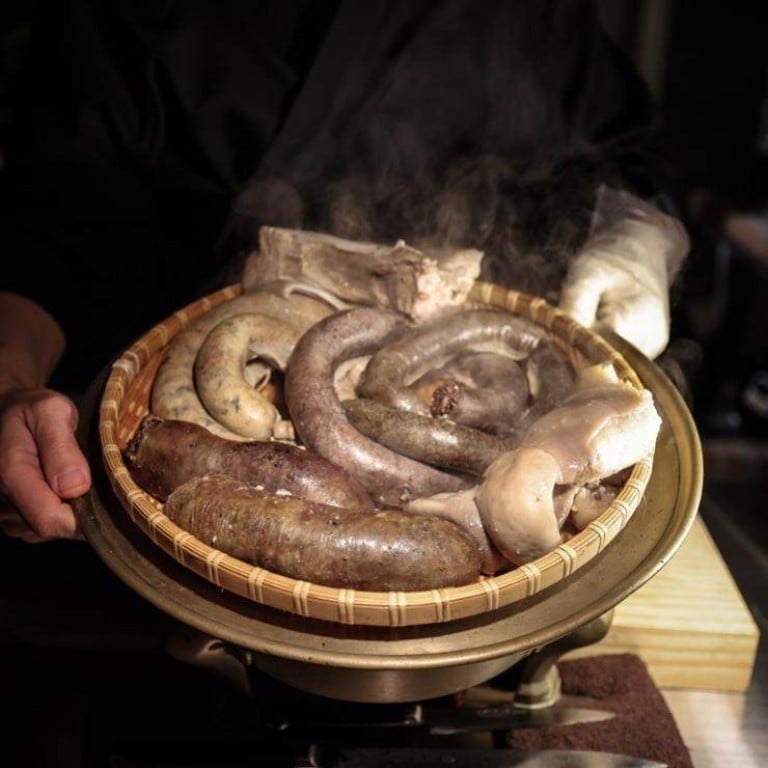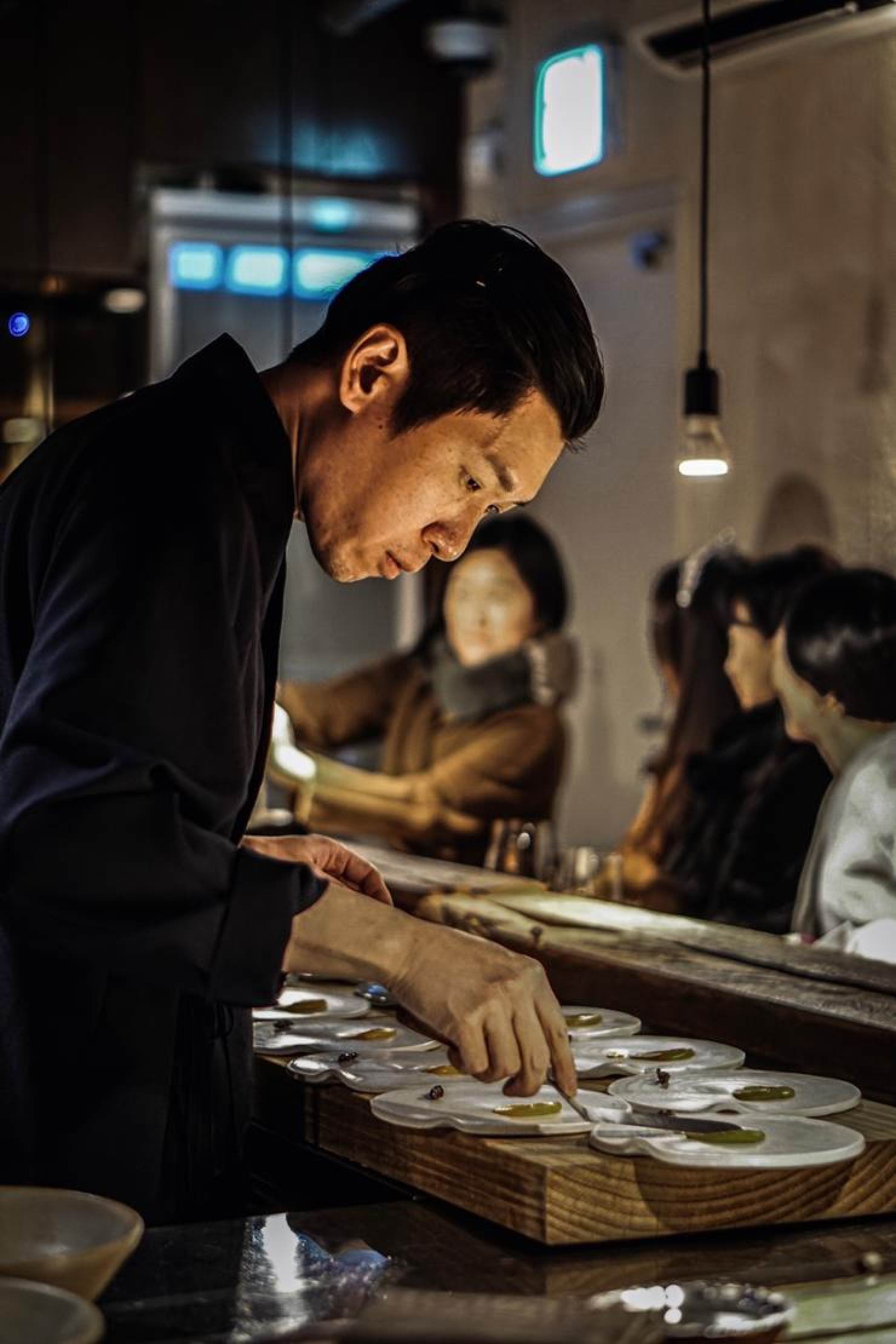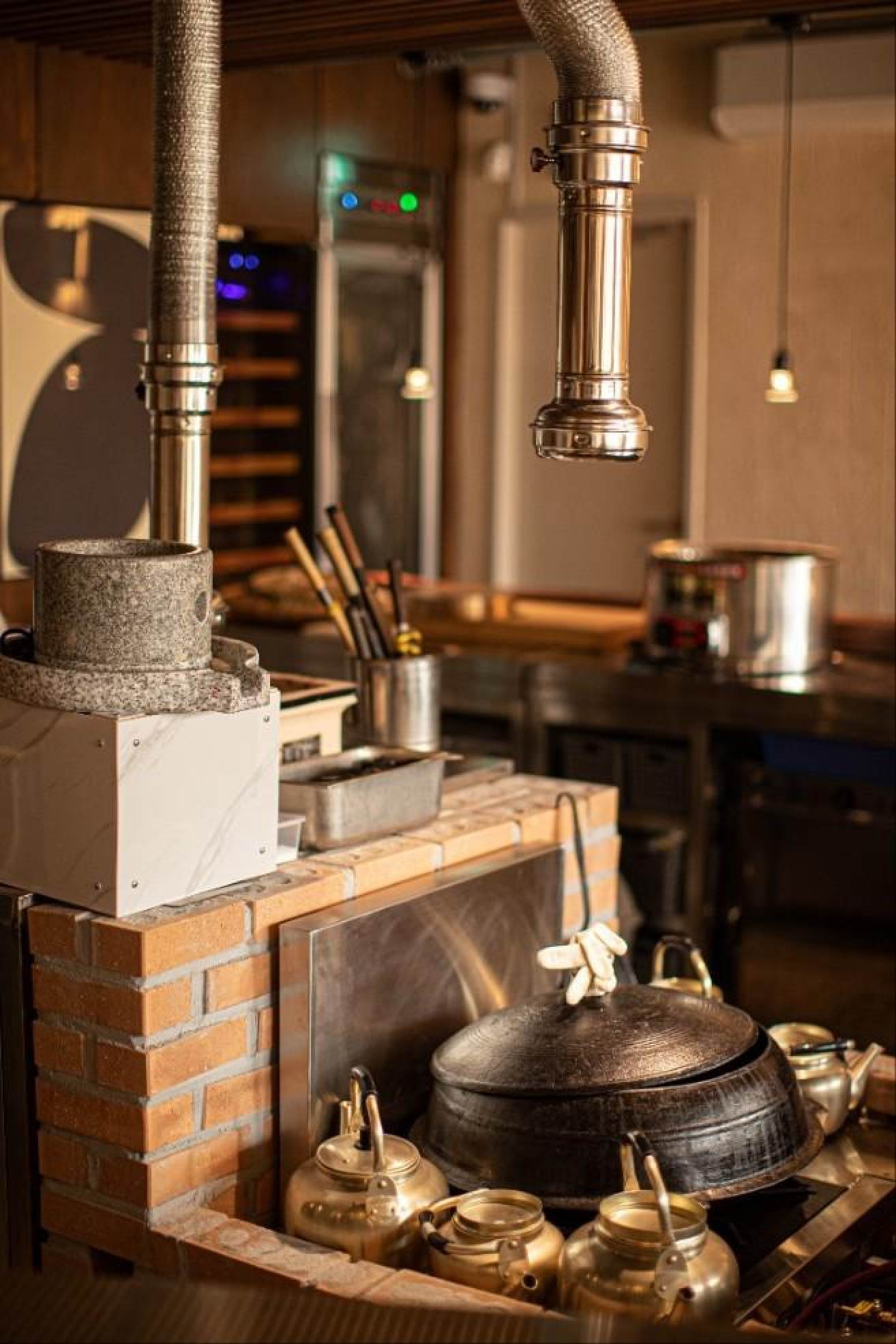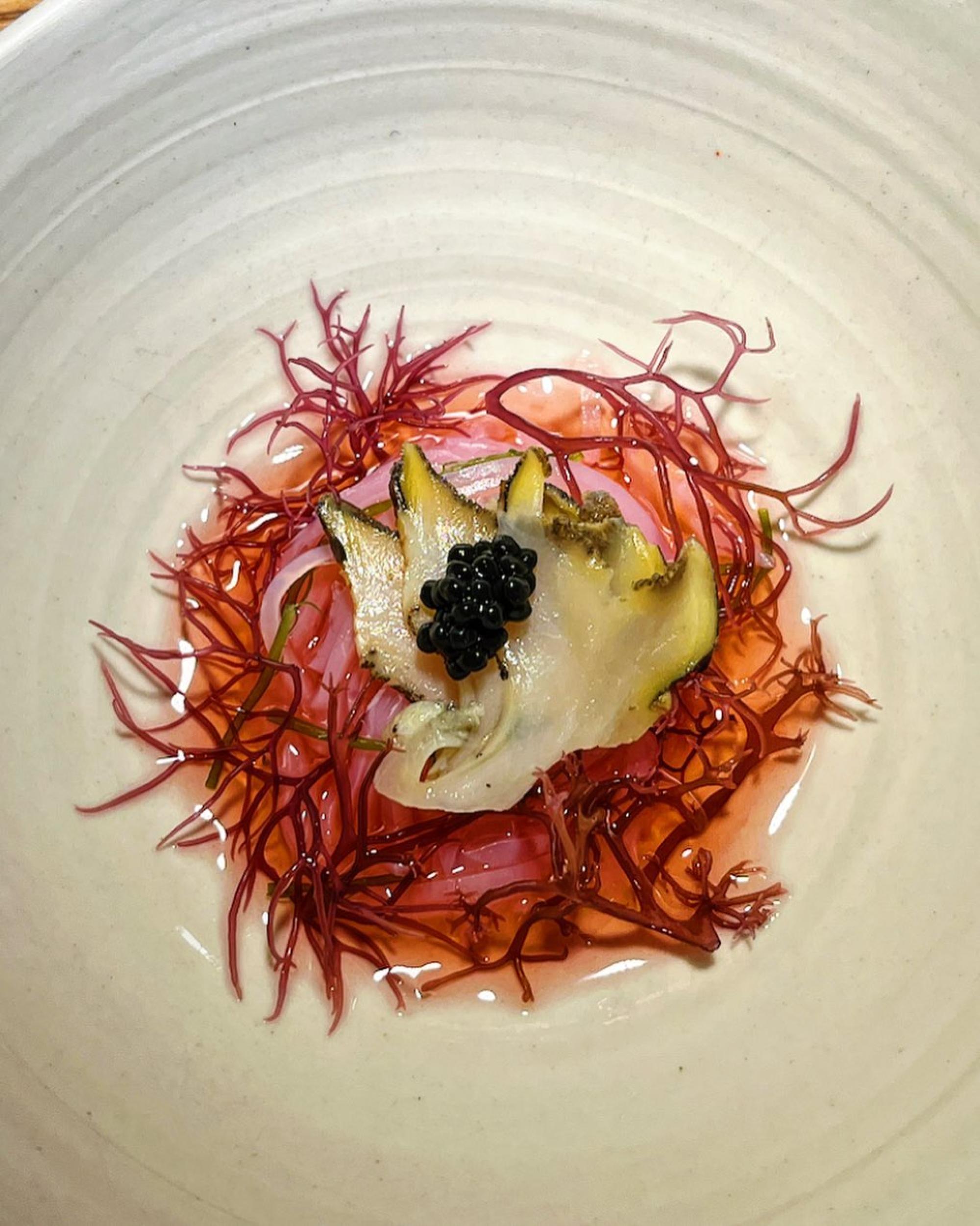
Korean street food blood sausage gets the fine-dining treatment – meet the chef serving an haute slice of his heritage to heal ‘daily stress’
- Sundae – pig intestine stuffed with meat, blood, rice and noodles – is a dish of North Korean origin that’s hardly haute cuisine. One chef is changing that
- At his Michelin-recognised restaurant Lee Buk Bang, Choi Ji-hyung is elevating the dish with a nod to his North Korea-born grandmother. He reveals why
By Park Jin-hai
Beloved Korean street food sundae, a dish of steamed pig intestine stuffed with various ingredients, is not typically associated with the upscale ambience of fine dining. Instead, it is a staple of bustling markets, served hot and ready to fill the stomachs of hungry people.
Choi Ji-hyung, 37, has broken that stereotype by elevating Korea’s “blood sausage” to the level of haute cuisine – with a nod to his heritage and childhood experiences under the guidance of his grandmother, a North Korean refugee from Hamgyong province.
His sundae omakase restaurant Lee Buk Bang, in western Seoul’s Mapo District, reminds visitors of the comfort and nostalgia of a grandma’s kitchen.

Century-old wooden tables, a large traditional Korean cauldron and kettles encapsulate the culinary journey that the chef aims to deliver to his guests.
“My grandmother was a great cook. She made sundae, myeongtae sikhae (salted and fermented pollock) and salted pollock roe. It was all too natural for me to help her out in the kitchen. I washed the intestines and went out to the field to get vegetables for sundae fillings as a child,” he says.
‘Underrated for too long’: chef on elevating Korean food in Hong Kong
“I wanted to make a place where people can get the energy to heal the daily stress of today from my simple but warm dishes like grandmother’s home-made meals.”
Armed with a master’s degree in culinary arts from Johnson & Wales University in Providence, Rhode Island, in the United States, Choi worked as a chef at French, Japanese, Italian and American restaurants in the US from 2010, including two-Michelin-star Marea (it has lost both since Choi worked there) and three-Michelin-star Eleven Madison Park, in New York.
Returning to Korea in 2017 to care for his ailing grandmother, he launched Seogyo Gourmet, specialising in sundae and modern Korean dining, the following year.

His restaurant earned a Michelin Plate distinction – given to restaurants deemed of high quality but not yet worthy of a star – in 2019, and it maintained the accolade after relocating and changing its name to Lee Buk Bang in 2021.
“However hard my job was working at Western restaurants, I often thought that it doesn’t compare with my hard work and efforts to make sundae. From preparing it to serving it as a dish, it takes more than 20 hours of intensive work,” Choi says.
“Then I asked myself why it cannot be treated as proper, fine cuisine representing Korea,” he adds, explaining how he thought of elevating the simplicity of street food to the elegance of haute cuisine.
On the surface, East Asian cultures look very similar. But the cuisines from Korea, Japan and China are very distinctive
Sundae dates back to Korea’s Goryeo period (918-1392) when wild boar meat was used in the dish. Traditional sundae, stuffed with blood, minced meats, rice and vegetables, was an indulgent food for special occasions.
After the Korean war (1950-1953) when food became scarce, meat filling was replaced by more accessible dangmyeon (glass noodles), transforming sundae into an affordable street food.
Choi offers five varieties of sundae for omakase meals served at Lee Buk Bang.

Each dish is accompanied by a detailed explanation from the chef covering its origins and stories behind it, along with a recommendation on which of the four condiments best complements the sundae served.
Customers at Lee Buk Bang vary in age. Young guests visit to try something new while older guests seek the comfort of nostalgic flavours.
Upon seeing the pine nut ice cream, one Korean customer in their late fifties recalls a childhood memory of picking pine nuts.
More than kimbap: Seoul, South Korea, pushes food as next cultural export
A couple from the US say they weren’t expecting such a modern restaurant.
“When you think of sundae, you don’t really associate it with the word ‘sophisticated’ but the atmosphere was trendy and hip,” Jenna Kwon says.
“We wanted to try something new. We are both very fascinated by North Korea, so we wanted to try North Korean food. This place brings together two of our interests, North Korea and fine dining.
Fans of Korean food in Hong Kong have more choice than ever
“We really wanted this omakase experience. But we also wanted to try a food that isn’t too common but still within the Korean cuisine,” she adds.
Her friend says: “Korean food comes off as being healthy, balanced and filling as well as tasteful. That is the biggest strength.”
Choi says one of his restaurant’s frequent customers is an older man from North Korea.

“When he tried my food, he shed tears. He said the food reminded him of his childhood and his mother’s home-cooked meals. It was really touching and I felt proud of myself,” he says.
He emphasises his commitment to preserving this culinary art.
“The older generation – albeit not so many of them – make sundae the traditional way. But when these people pass away and young people don’t take up this hard, labour-intensive job of sundae-making any more, maybe the next generation will have no other choice but factory-made sundae on their plates. So I have a sense of duty about my profession.”
Choi is confident in the global appeal of hansik, or Korean cuisine, noting that 20 per cent of his patrons are international.
“On the surface, East Asian cultures look very similar. But the cuisines from Korea, Japan and China are very distinctive. Because of this uniqueness of hansik, it has the potential to charm global taste buds looking for something fresh and distinct.
“Many Chinese restaurants permeated into the global culinary scene and Japanese restaurants are perceived as fine dining. Hansik also has potential for its uniqueness.”

